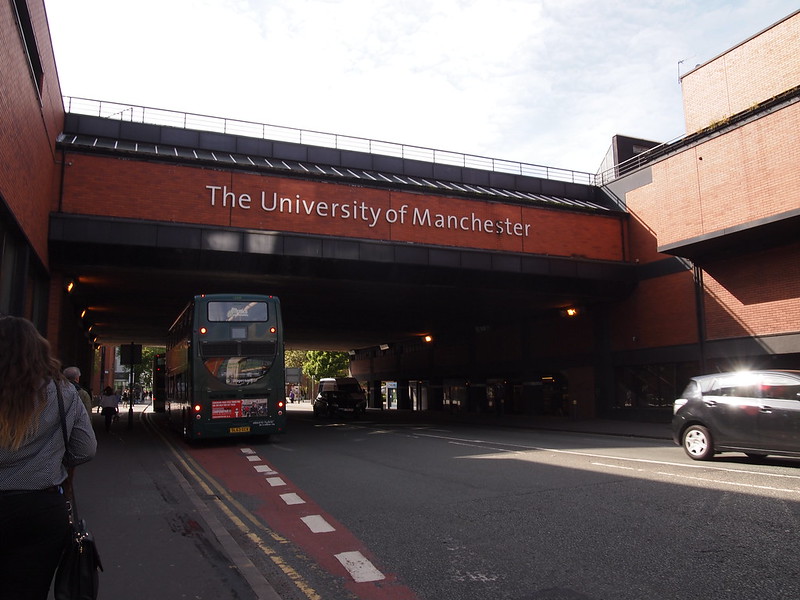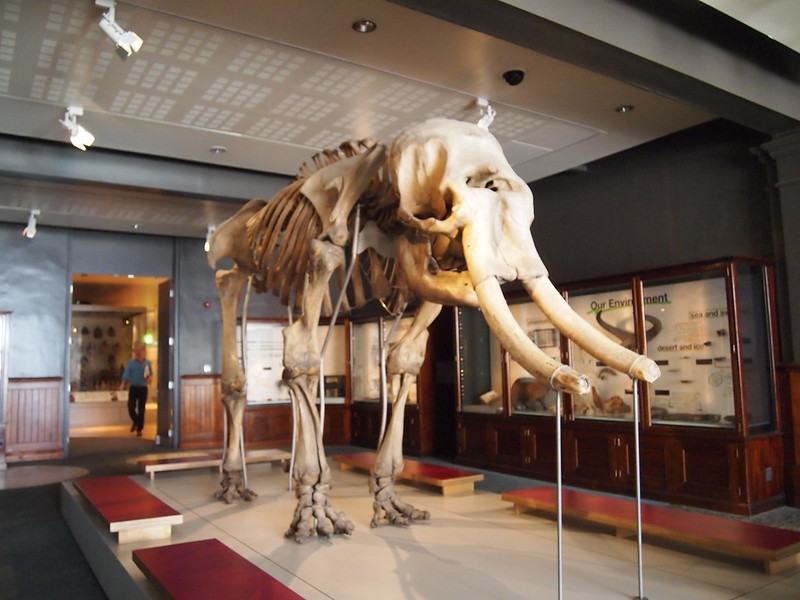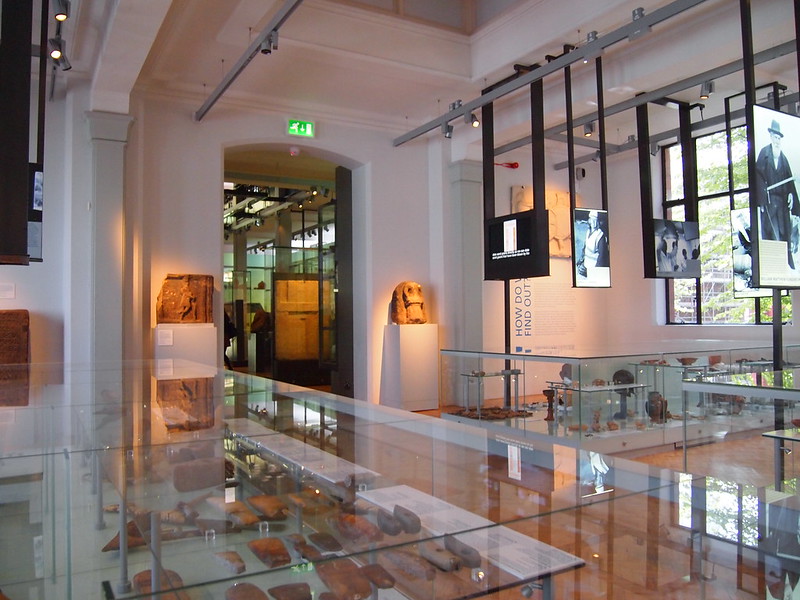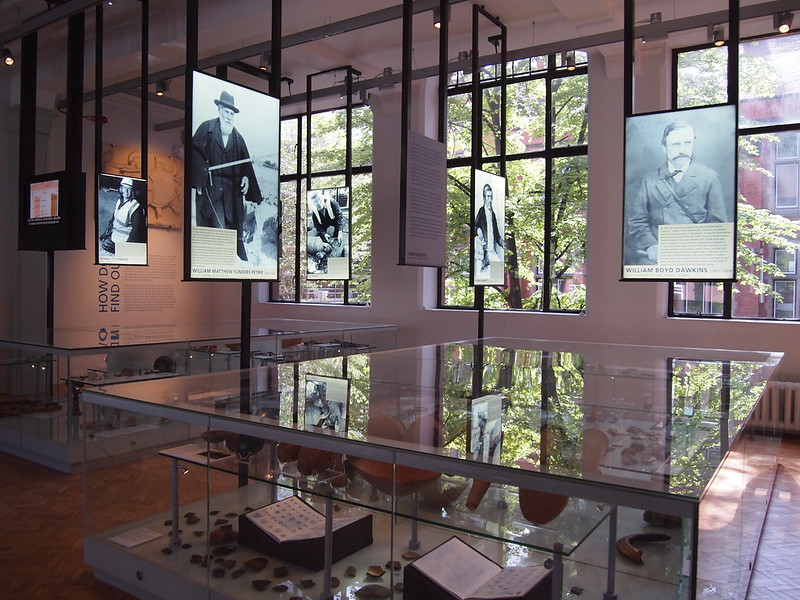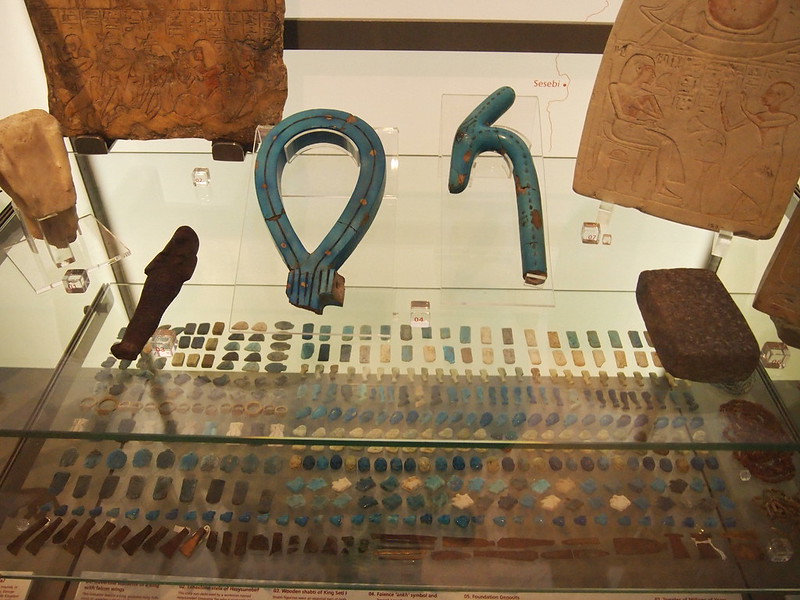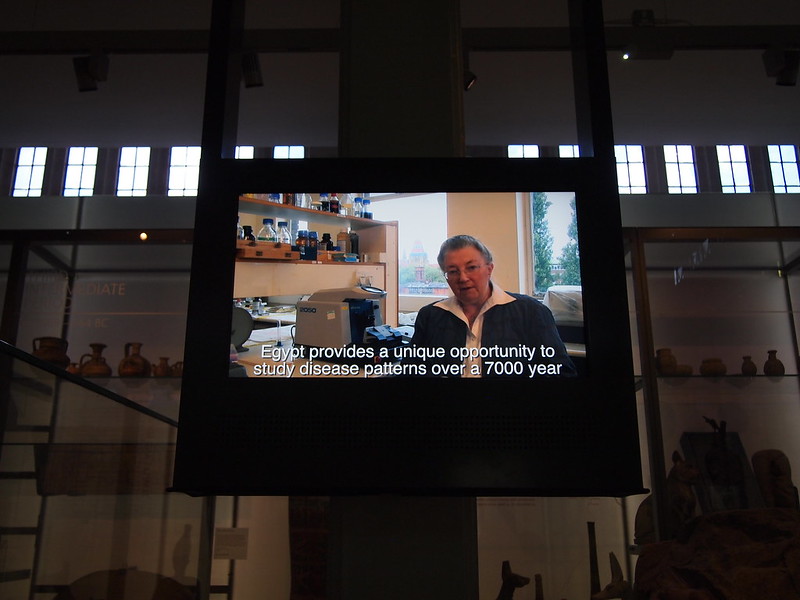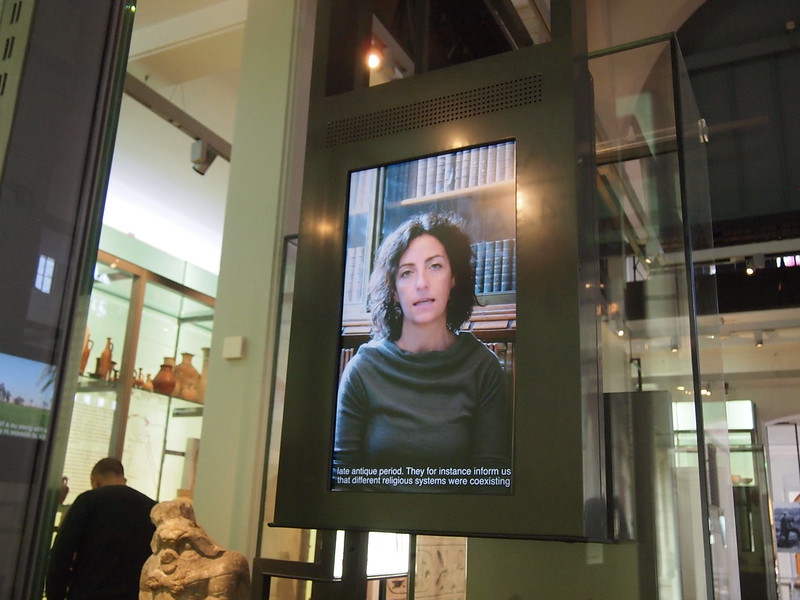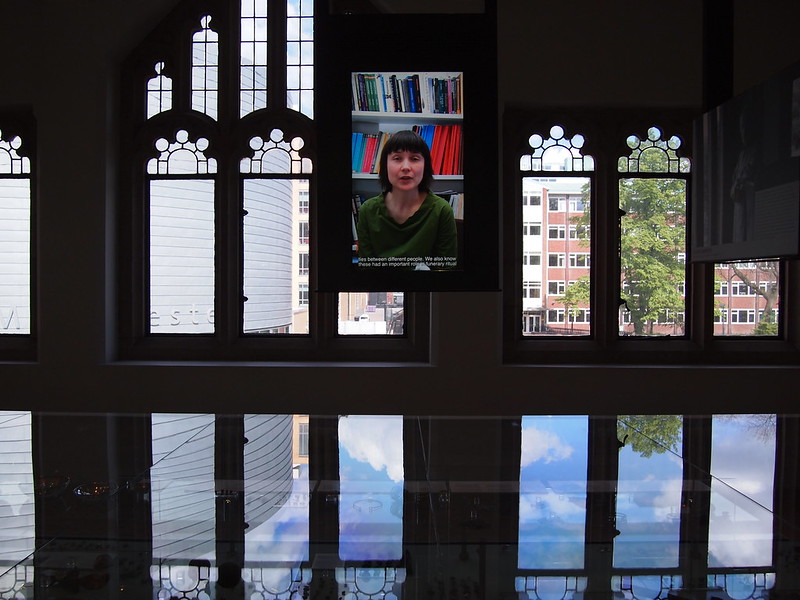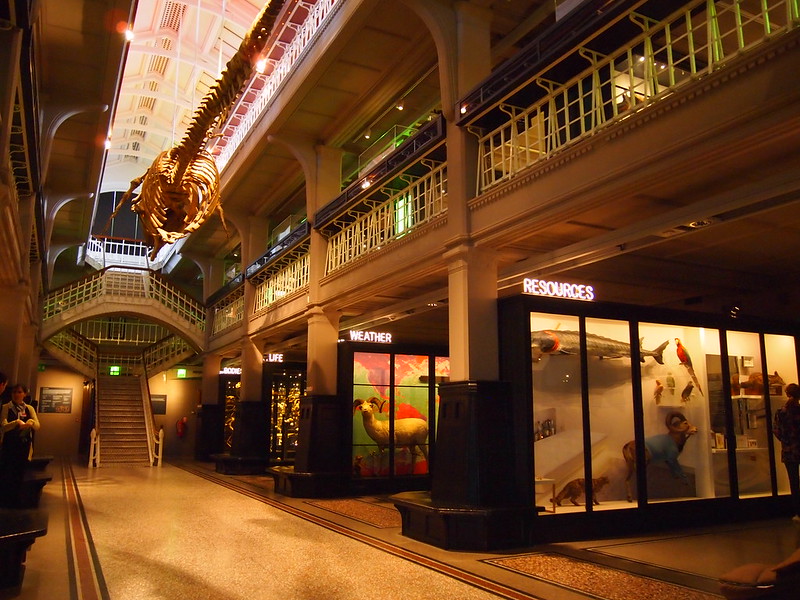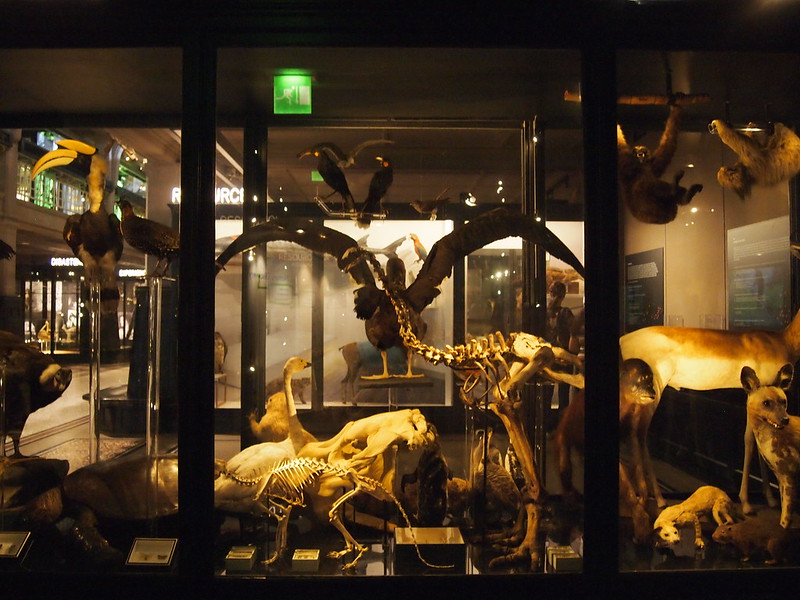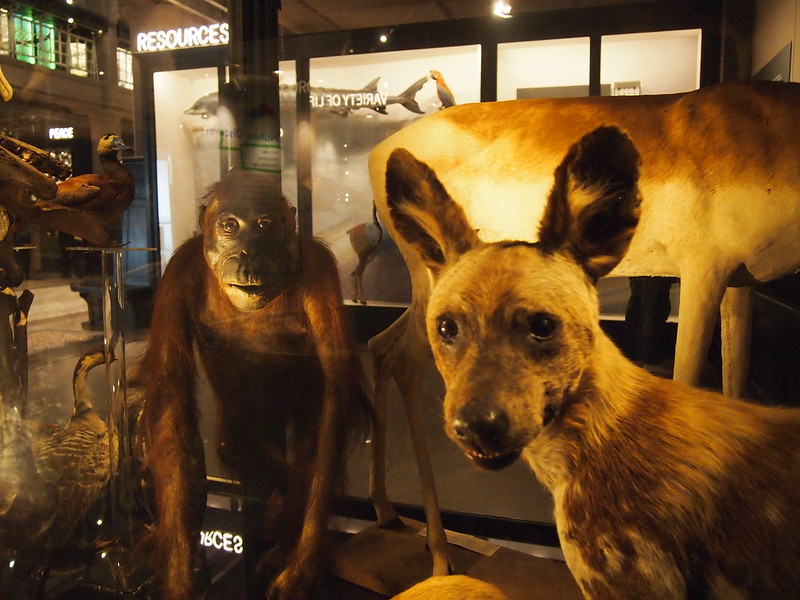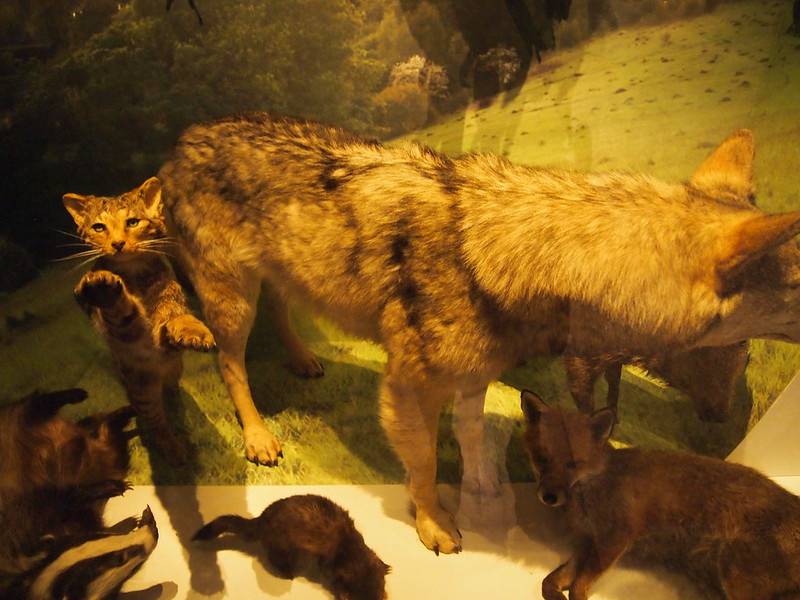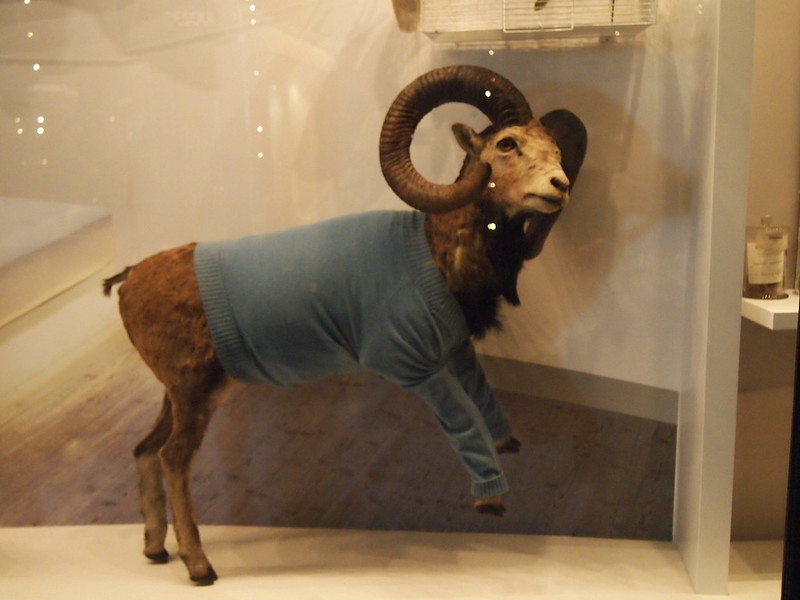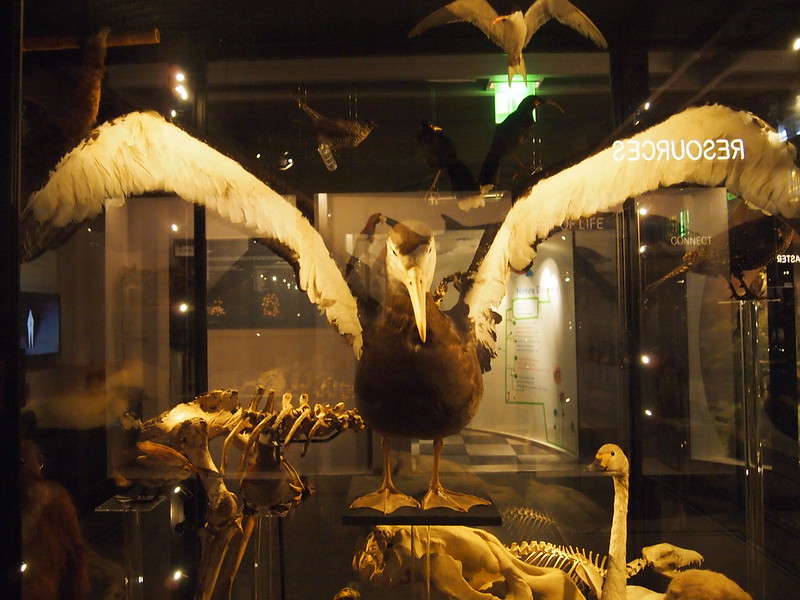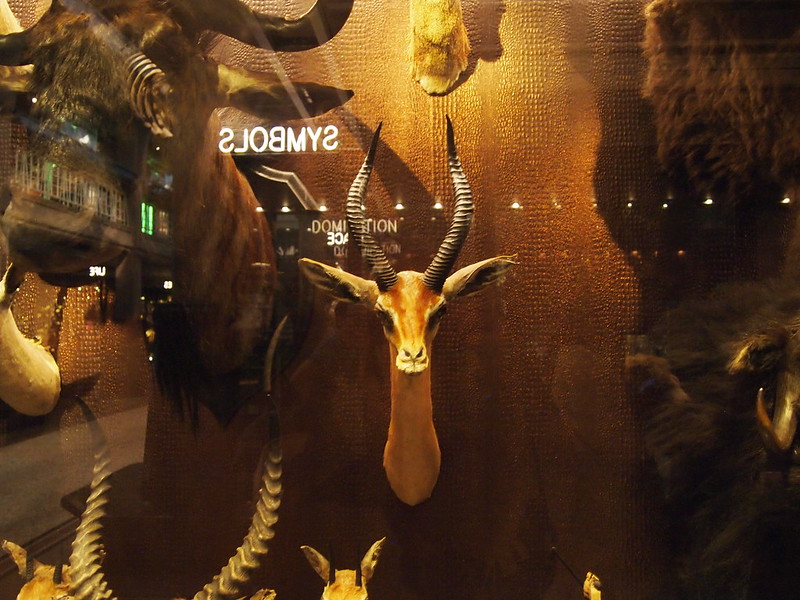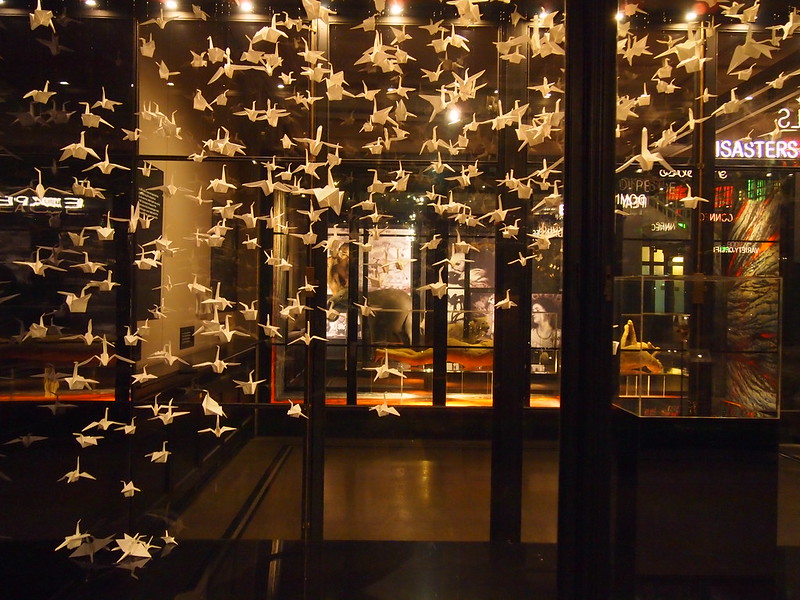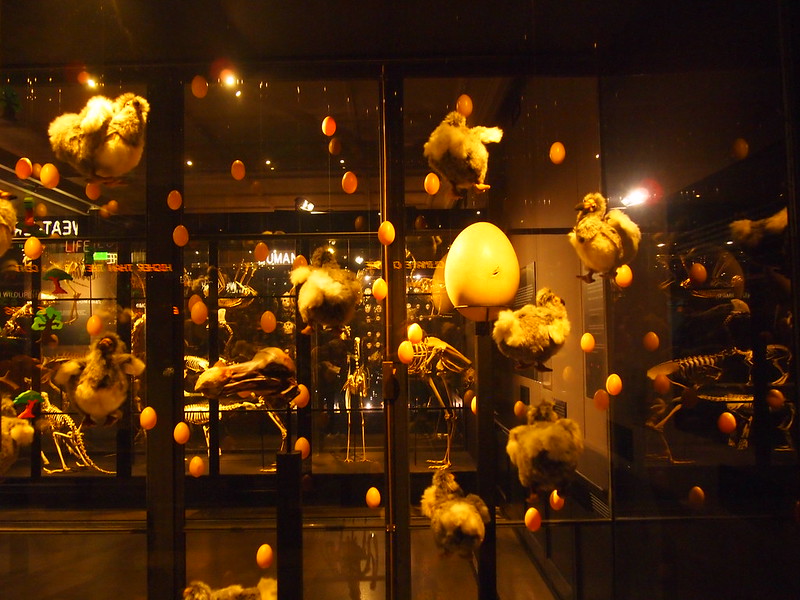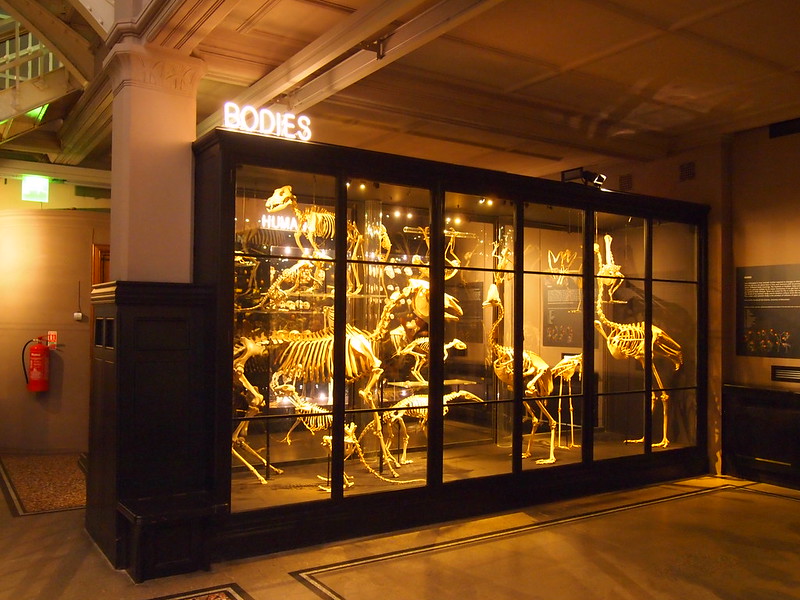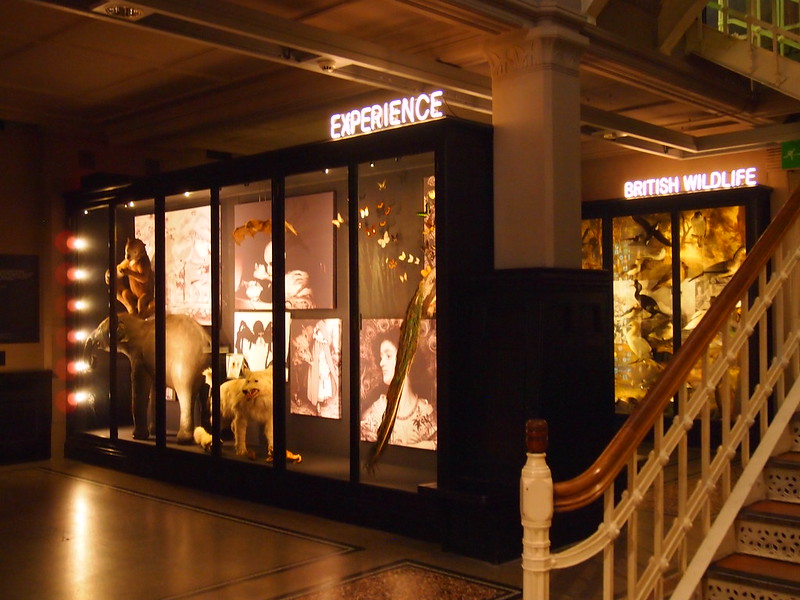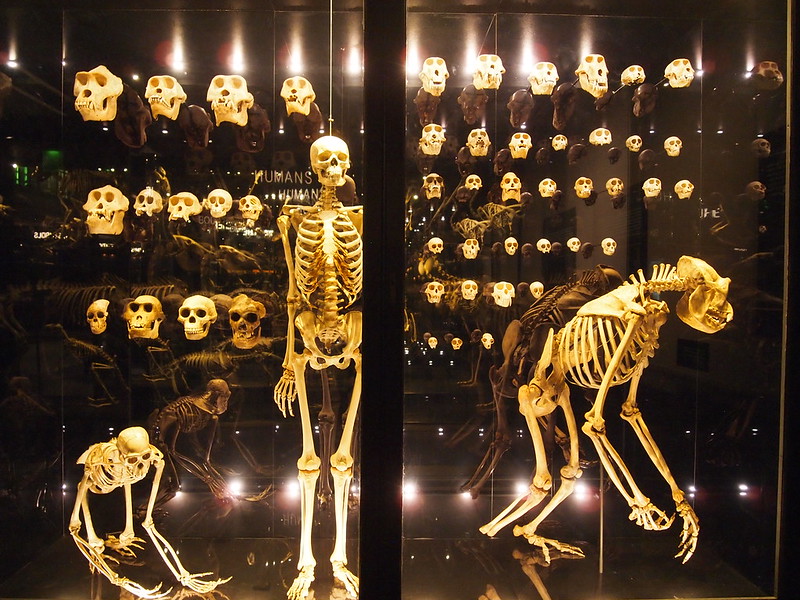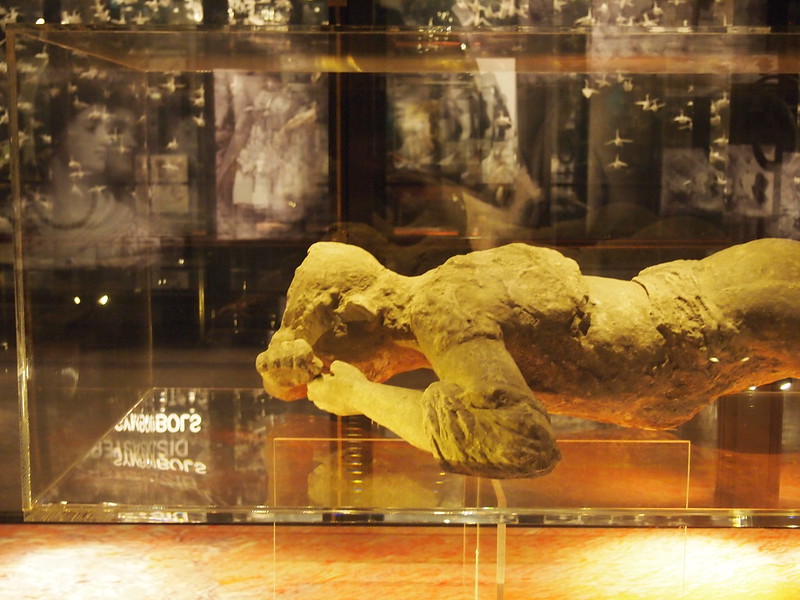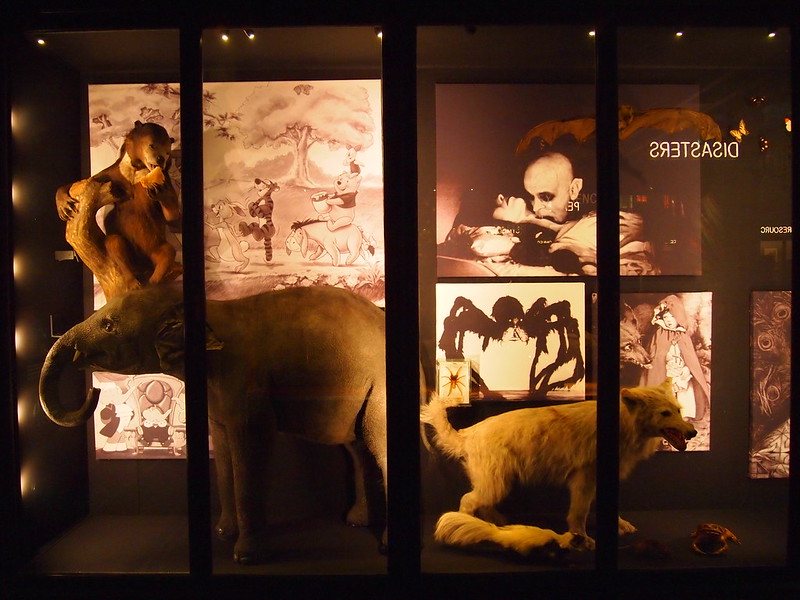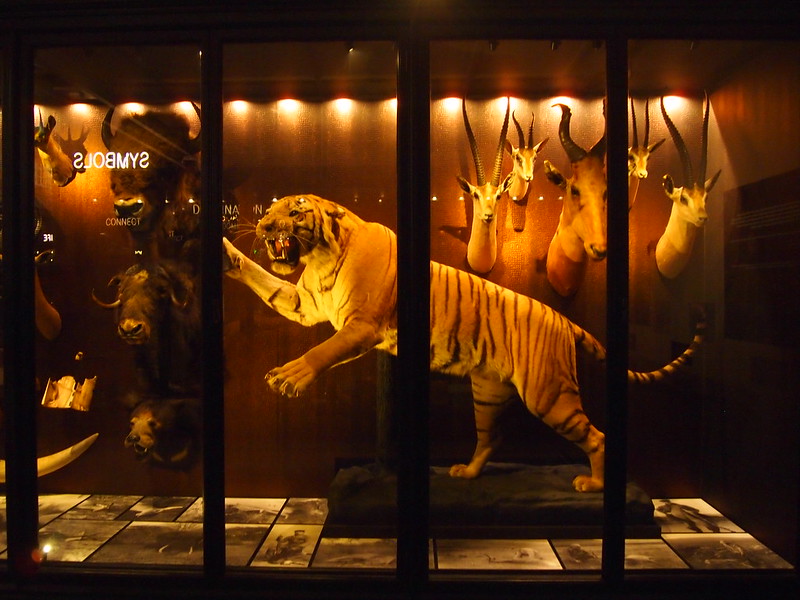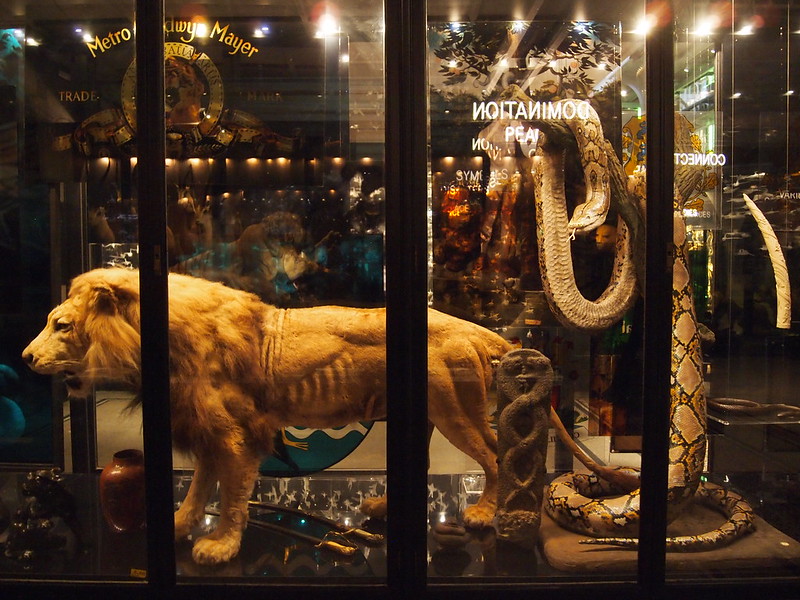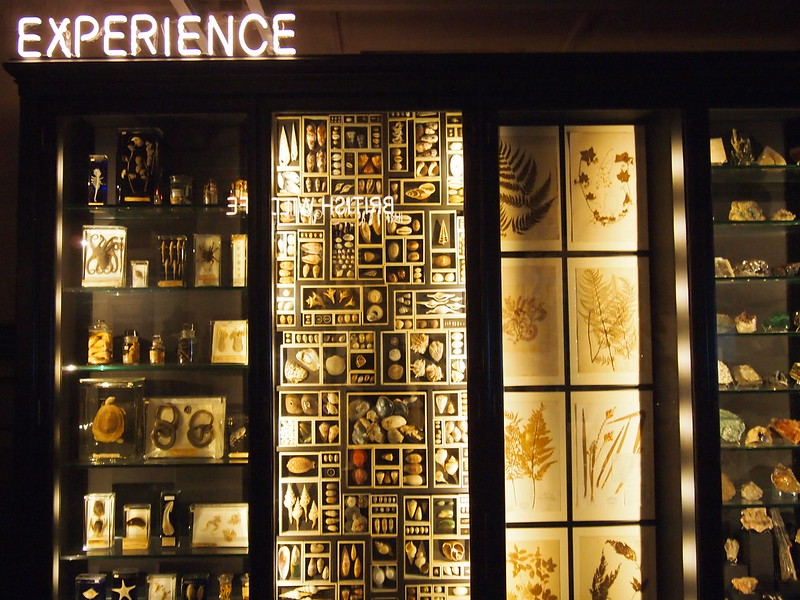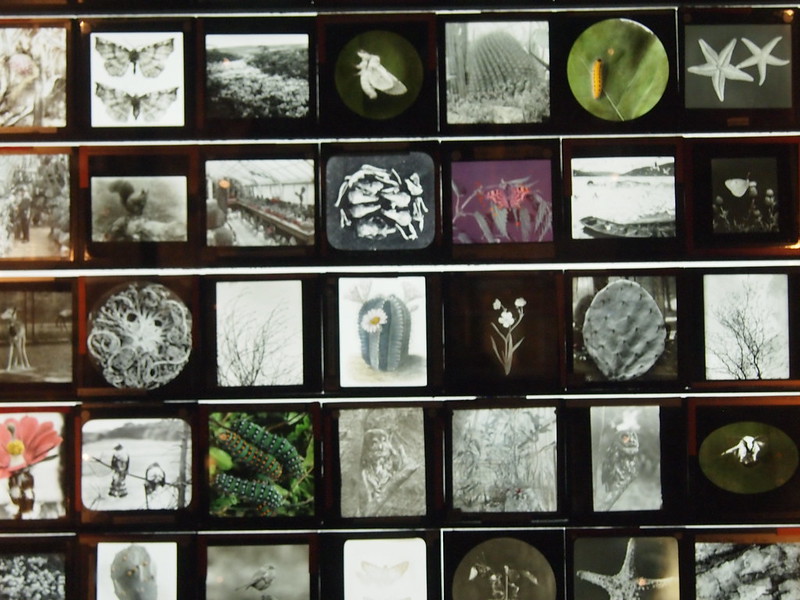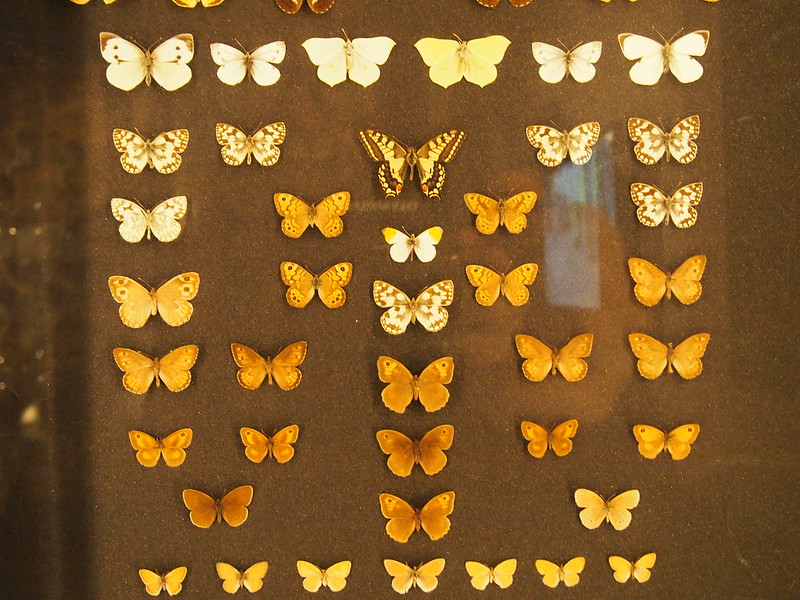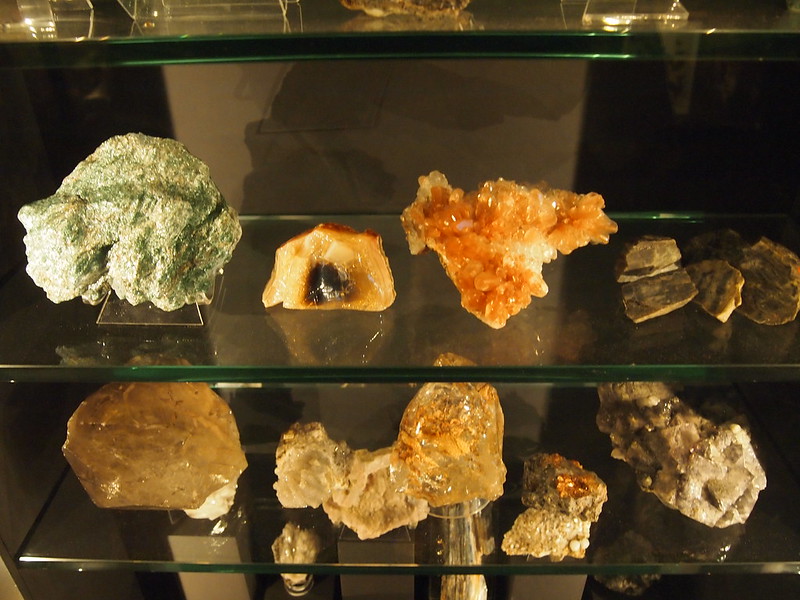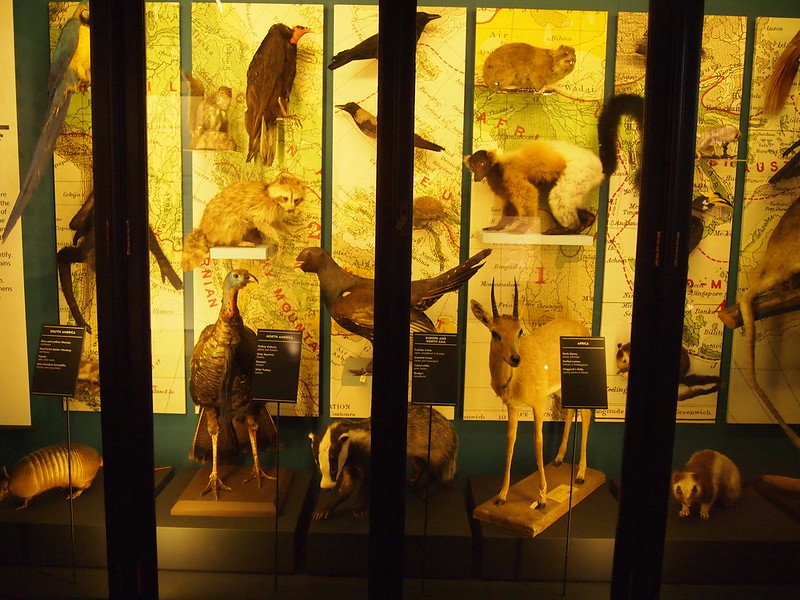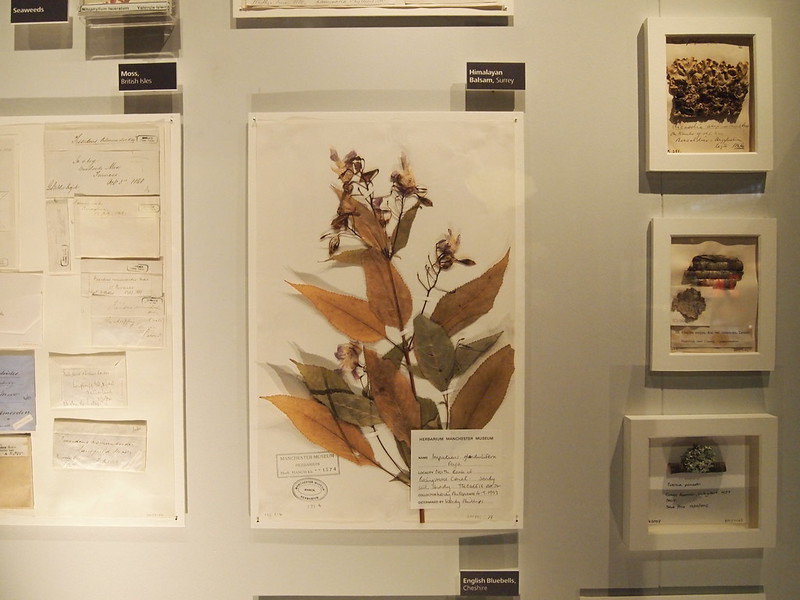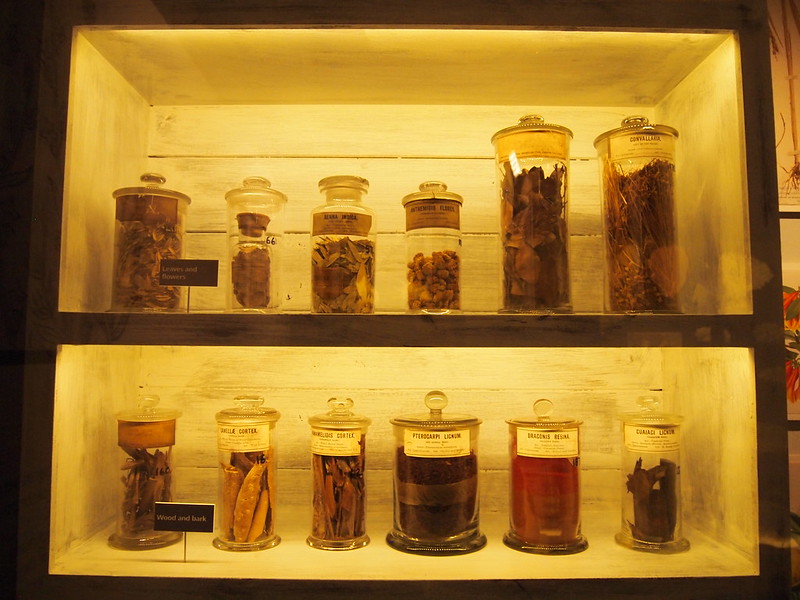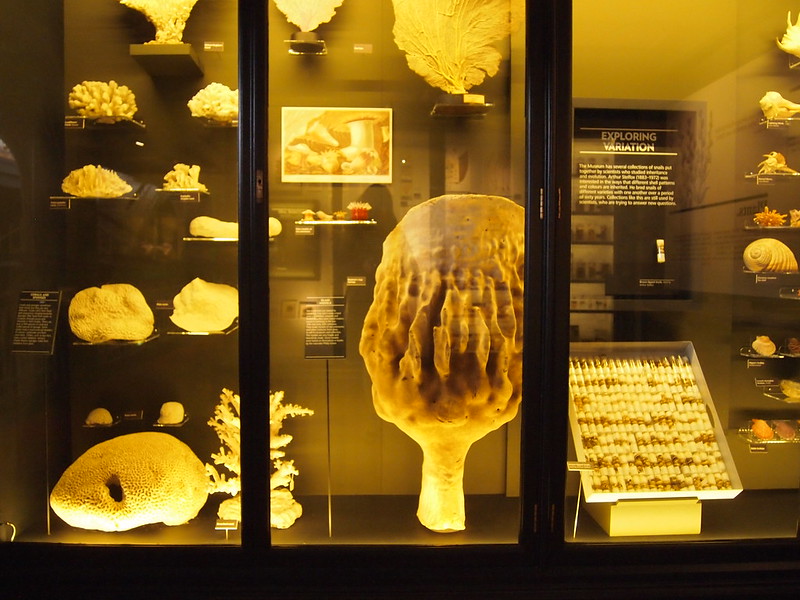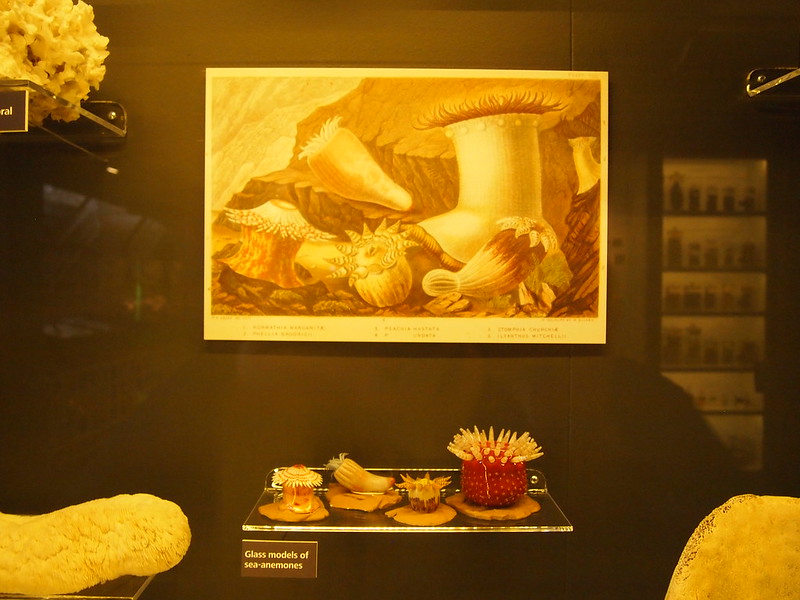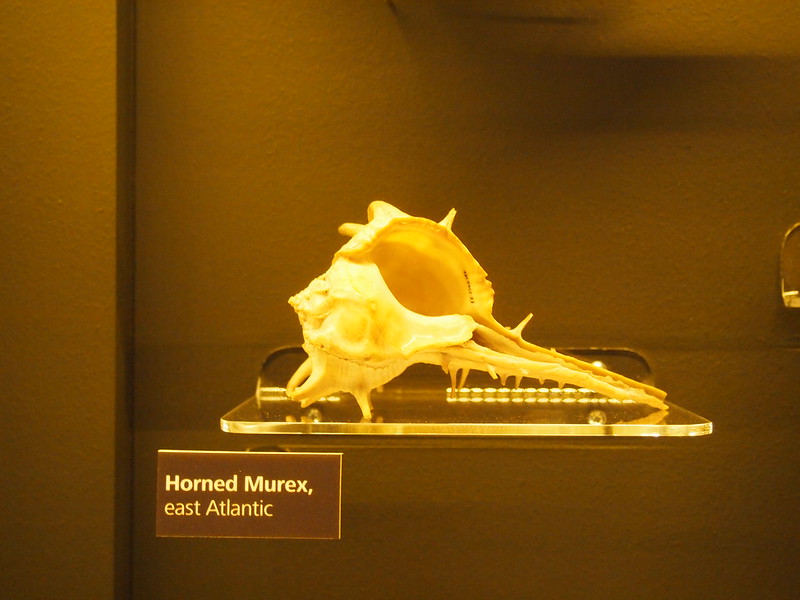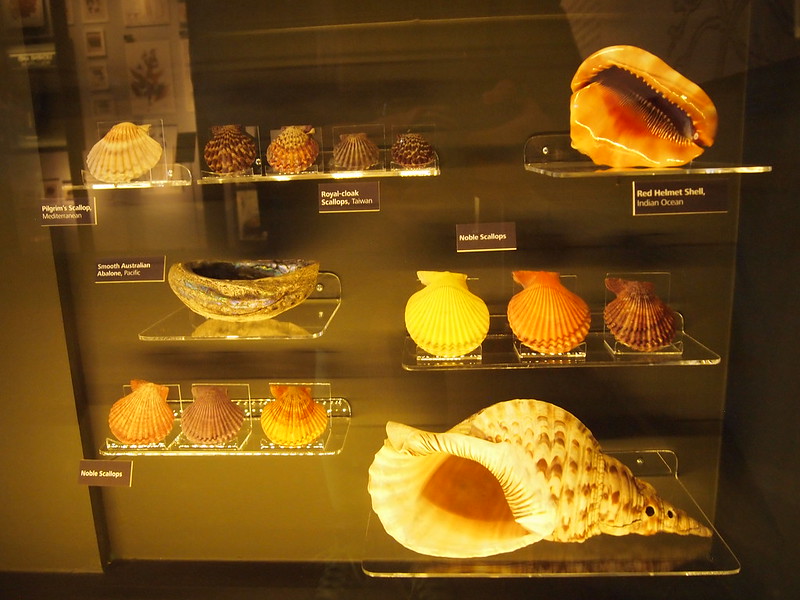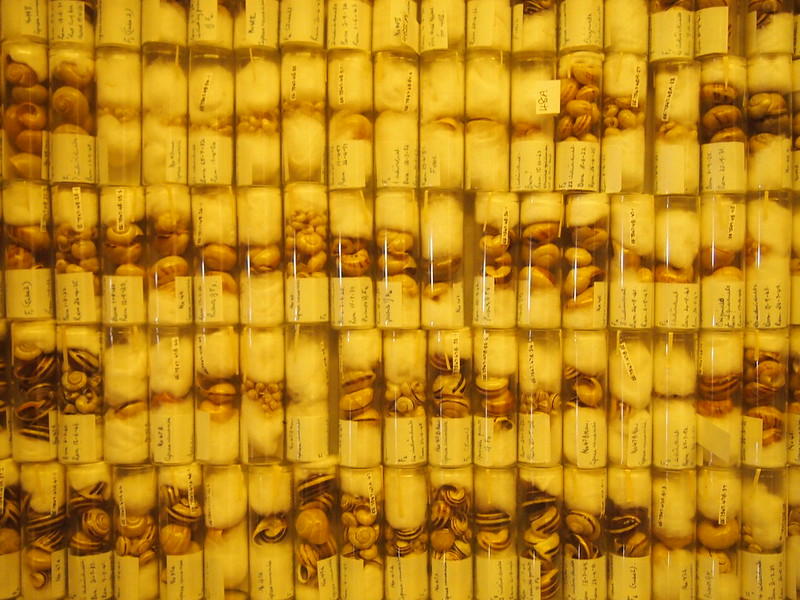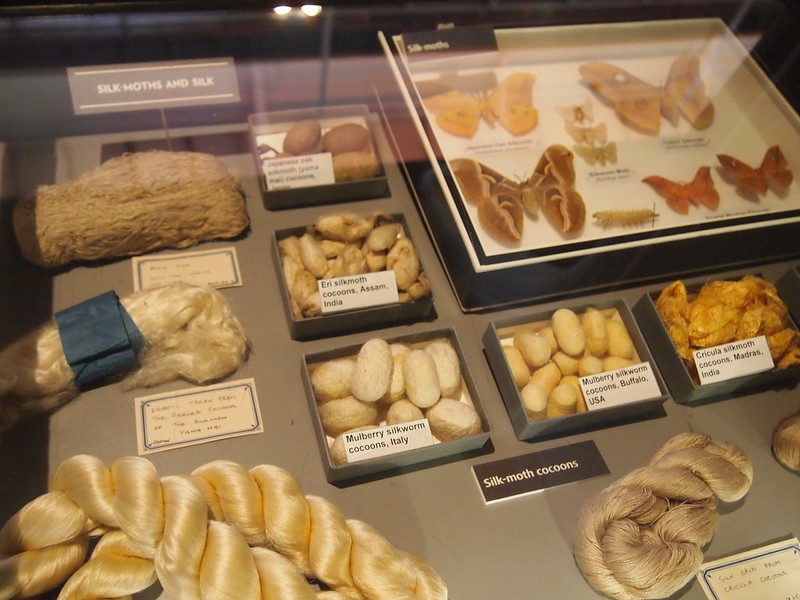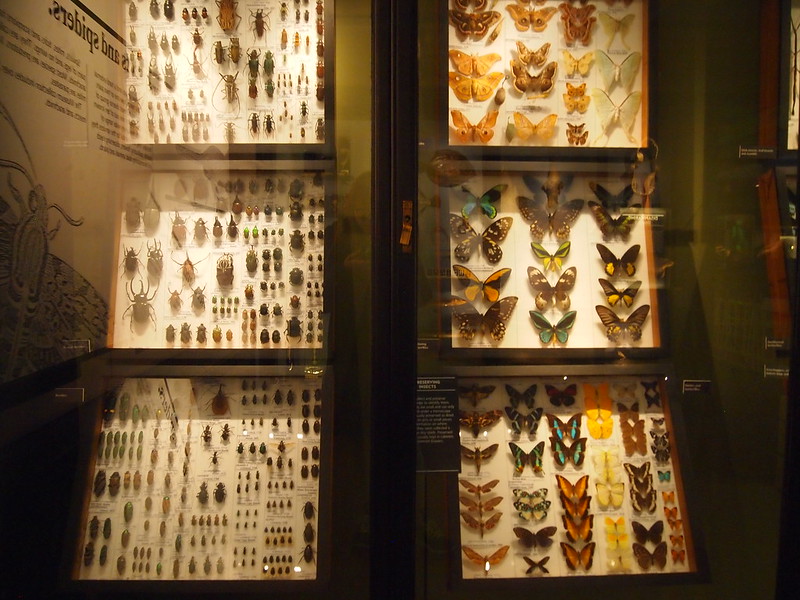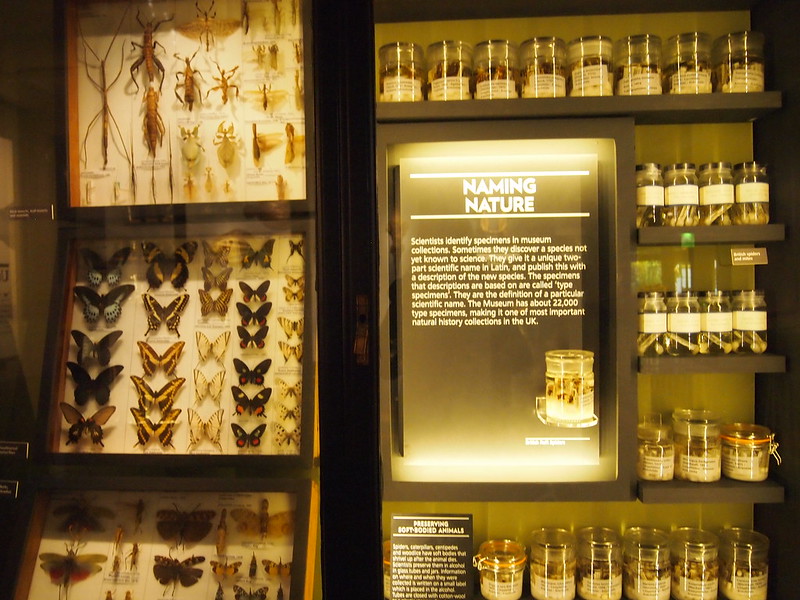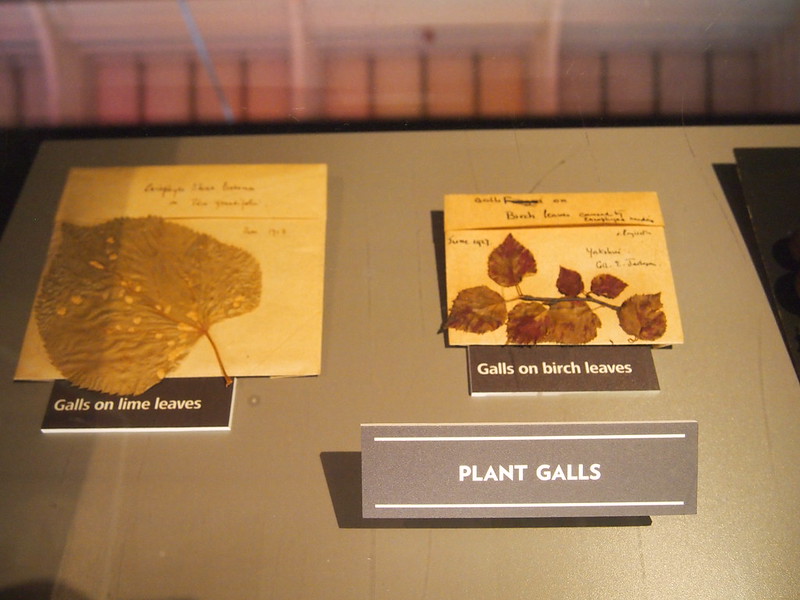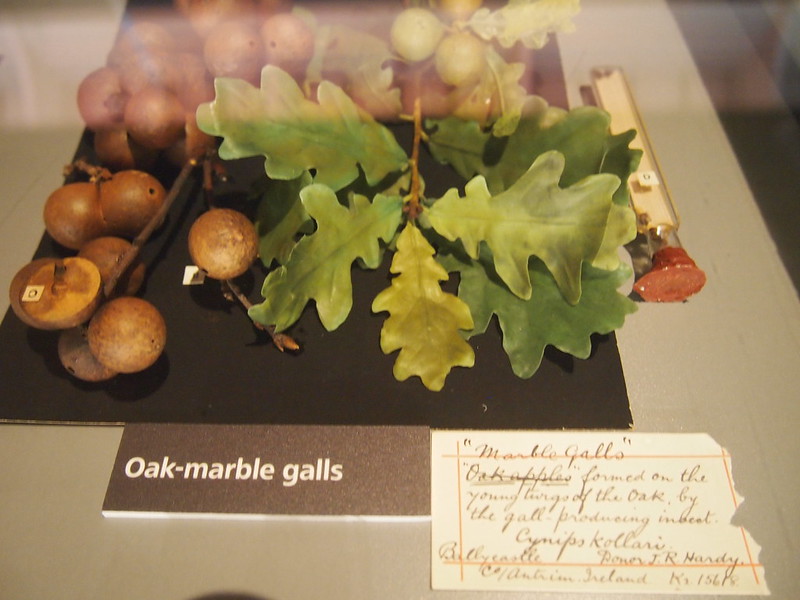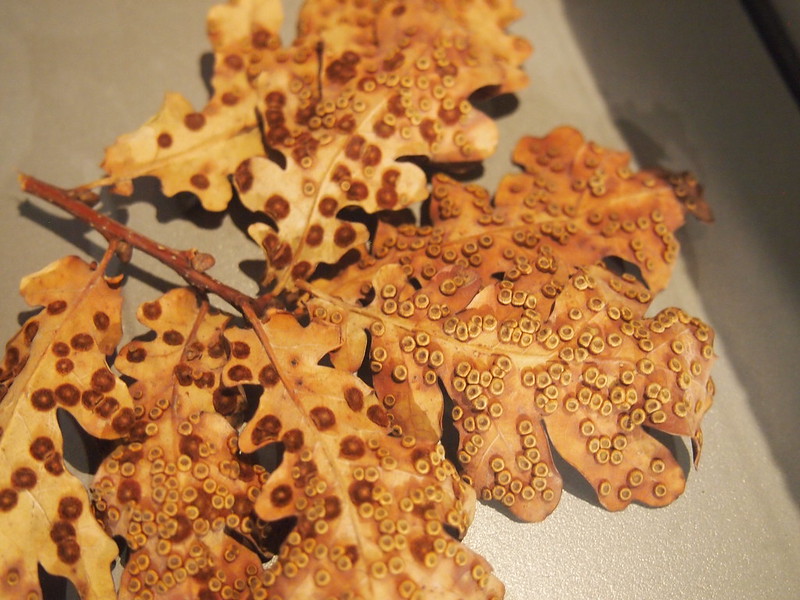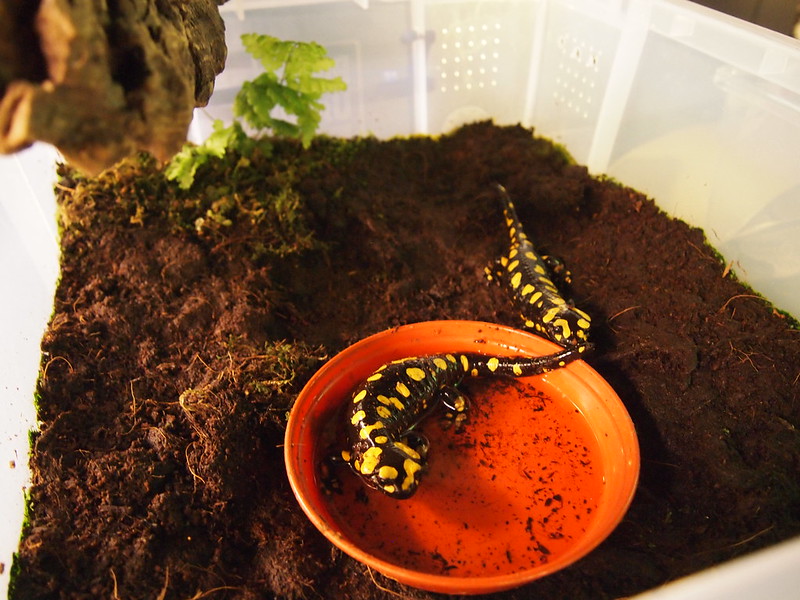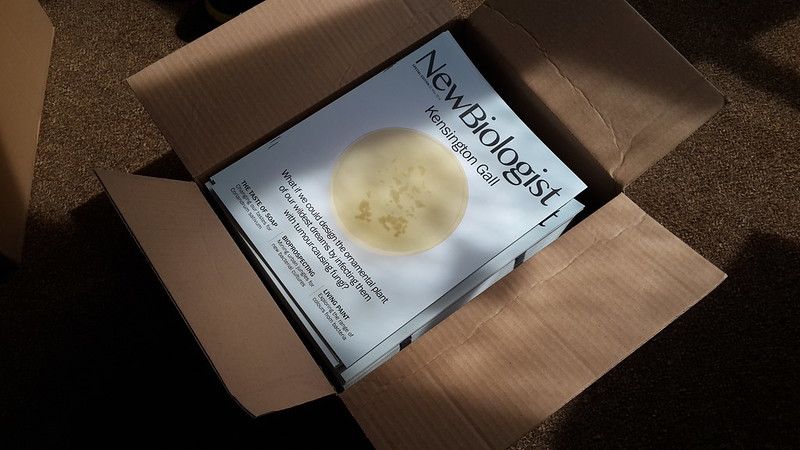
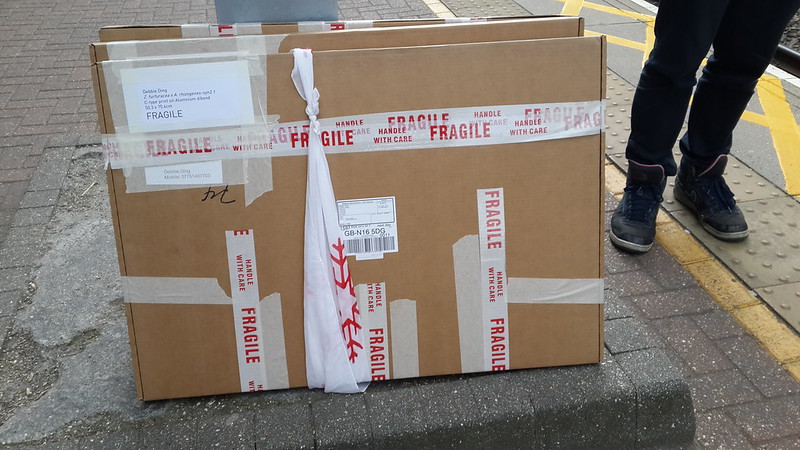
Early this year I began working on a project about the future of plant galls (plant tumours) - and I've written, edited and produced a magazine called "NewBiologist" which will be launched and shown tomorrow along with some prints from my series "Kensington Gall" - in a group show "Second Nature" at Espacio Gallery, which is at 159 Bethnal Green Road. The private view is at 6pm tomorrow. Come down if you are in London!
"Kensington Gall" is a story inspired by popular science journalism in NewScientist and creative non-fiction in the New Yorker, both of which I have been accidentally reading a lot of (because there are always new copies of it in the house thanks to George). I wrote a few other short articles, and spun these stories into a magazine I like to call the "NewBiologist". I've written all of the words and made all of the images in it, and I'd love to hear people's comments about the story. When I have more time to format it, I will release a digital copy as well, but in the meantime if you'd like to support it, please buy a copy of the magazine!
My main goal in the production of these images has been to produce something which has the unreal sheen of something computer-generated, have a high degree of photorealism, but be obviously handdrawn when observed close up. The entire image was digitally painted in Photoshop and is not a photograph.
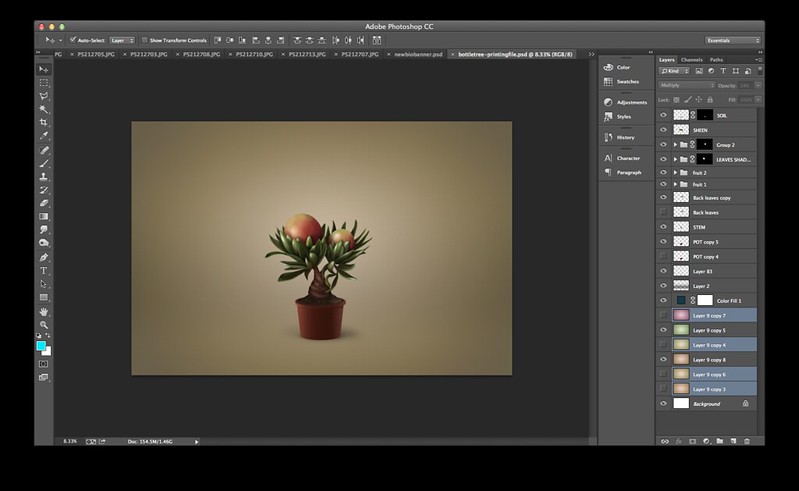
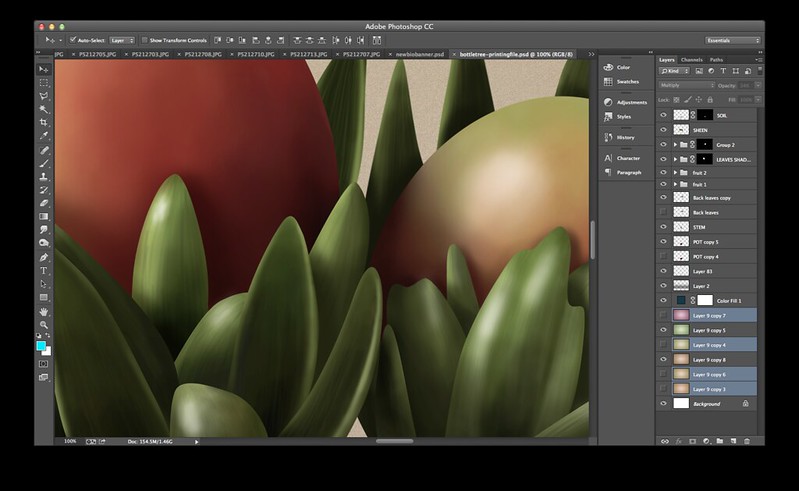
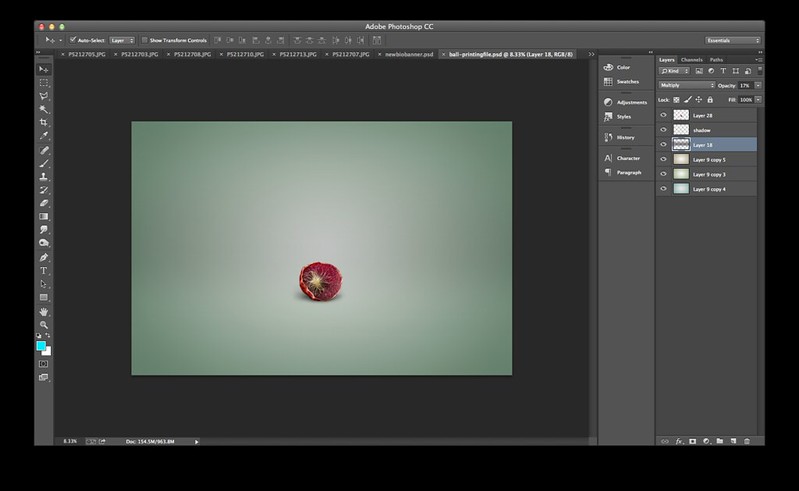
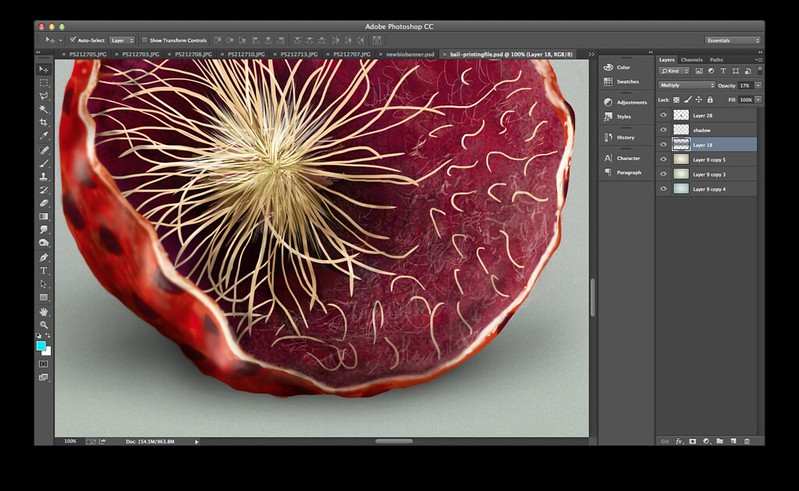
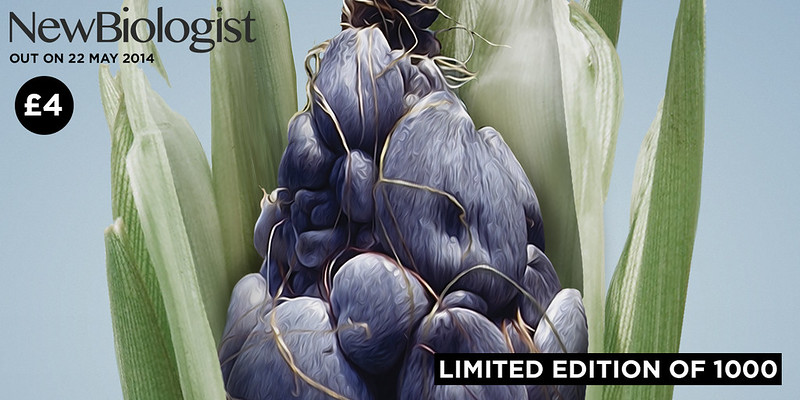
Plant pathogens such as the fungi Ustilago Maydis infect plants such as corn, by secreting enzymes which stimulate abnormal plant growth. The resultant “corn smut” tumours are considered an undesirable blight in the US, but in Mexico it is a coveted gourmet delicacy that is even sometimes intentionally cultivated, turning pathogen to cultigen.
What if plant tumours were to be intentionally bred and designed for ornamental purposes? In an exploration of long-form creative non-fiction style in popular science journalism today, Debbie Ding investigates these alternative plant futures.
Through the NewBiologist, Artist Debbie Ding interrogates the odd, secretive world of leisure gardeners who use synthetic biology to genetically engineer plant pathogens, which cause different plants to develop visually interesting tumours
- also known as ‘galls’
You can get a copy for £4 at Espacio Gallery or from me directly, or order it via the online cart at http://dbbd.bigcartel.com (£4 + Postage and Packing)
Espacio Gallery
Second Nature
May 22nd - June 3rd 2014
159 Bethnal Green Road
London E2 7DG
Preview Thursday May 22nd 6 - 9pm
Open daily 1-7pm including Weekends
Exhibition closes 5pm Tuesday June 3rd
Espacio Gallery and the Chelsea Fringe are pleased to present Second Nature, an exhibition that showcases exciting ideas from a group of national and international artists. Comprising works in a variety of media, the show provides a fresh look into some of the aspects related to the natural world.
ARTISTS
Tania Beaumont
Jennfier Bennett
Kanwal Dhaliwal
Debbie Ding
Ahmed Faroqui
Leigh Glover
Laura Gompertz
Ewa Goral
Sally Grumbridge
Russell Hall
Kate Nagle
Nicki Rolls
Clare Skill
Kirsty Stutter
Sandie Sutton
Maria Vesterinen
Jessica Ward
Facebook Event: https://www.facebook.com/events/1472083986361590/
